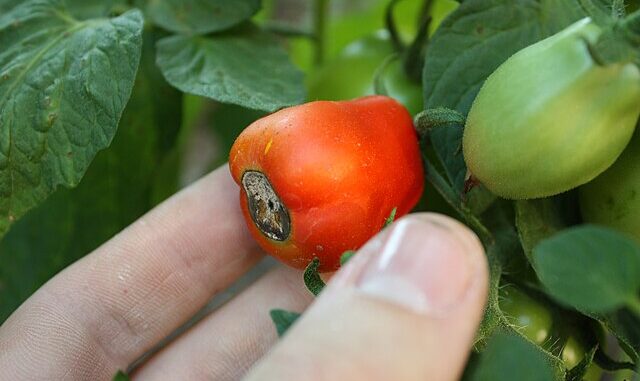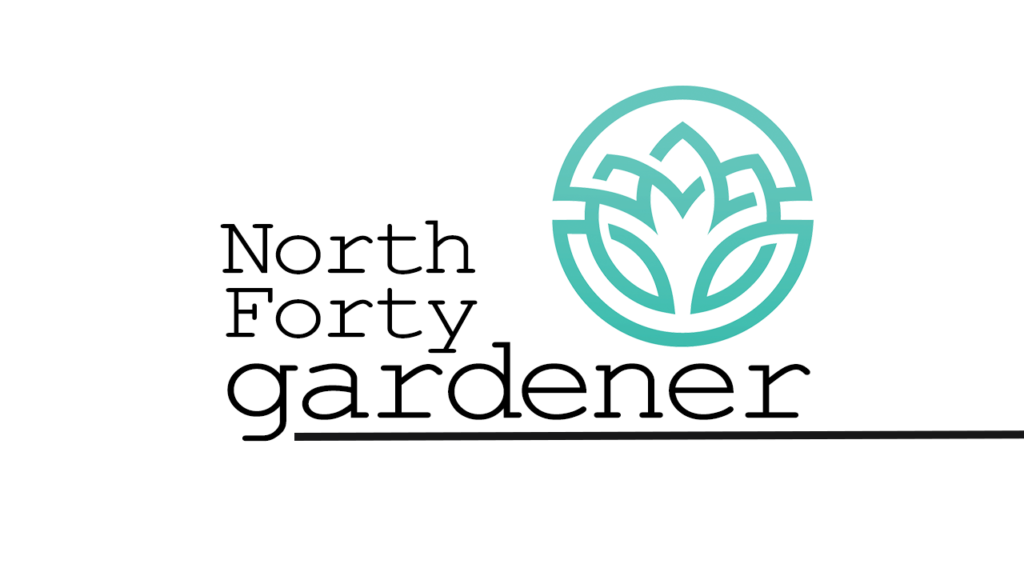

By Paul Battafarano | Fort Collins Nursery
Tomatoes are the king of the vegetables for many gardeners. However, these sweet fruits are susceptible to many issues. One of these issues is the dreaded blossom-end rot. Blossom-end rot is a common physiological condition that affects tomatoes. The disorder expresses itself at the ‘blossom-end’ tip of the fruit as sunken, dark blemishes. Consider the following factors when planting your tomatoes to ensure those plants will not develop blossom-end rot.
Soil Management
Many plant problems can be traced back to inadequate soil preparation, and blossom-end rot in tomatoes is no exception. Your soil should be high in organic matter to promote drainage, which any northern Coloradoan knows can be difficult with our heavy clay soils. Colorado soils along the Front Range are slightly alkaline, with soils typically ranging in pH from 7 to slightly above 8. Blossom-end rot occurs more frequently in this pH range, with a pH of around 6.5 being optimal for tomato production. To both add organic matter and lower the pH of the soil, a product like Sheep, Peat, & Compost from Earth Essentials would be a great addition to your garden.
Supplying Nutrients
The most common nutrient deficiency associated with blossom-end rot is calcium deficiency. Our soils here in Colorado are typically very high in calcium, with an abundance of limestone in the soil causing the alkaline pH previously mentioned. An underlooked nutrient interaction that affects blossom-end rot is an excess of nitrogen, which can inhibit the uptake of calcium. A balanced fertilizer, or one with a higher content of phosphorus than nitrogen, is ideal for tomato production. Happy Frog Tomato & Vegetable Fertilizer is a great product to mix with your tomato, starting at the time of planting. A high phosphorus product such as Age Old Bloom should be added to your fertilizing regimen as soon as the tomatoes begin to set flowers.
Consistent Watering
Tomatoes require evenly moist and consistent watering throughout their growing season. Too much or too little water can lead to calcium lock out and cause blossom-end rot. A common mistake gardeners who grow tomatoes make is to not adjust their watering as the season goes on. Smaller transplants and seedlings will require less water than established tomato plants. The growth in tomato plants will coincide with the warmer temperatures that emerge as we transition from spring to summer. Established tomato plants may require anywhere from two to three gallons of water per week. Any tomato grower should be mindful of the weather. If a week is especially wet or dry, your irrigation schedule should be adjusted accordingly. Follow these steps to grow some champion fruits and be a celebrity amongst your neighborhood gardeners!
Support Northern Colorado Journalism
Show your support for North Forty News by helping us produce more content. It's a kind and simple gesture that will help us continue to bring more content to you.
BONUS - Donors get a link in their receipt to sign up for our once-per-week instant text messaging alert. Get your e-copy of North Forty News the moment it is released!
Click to Donate
